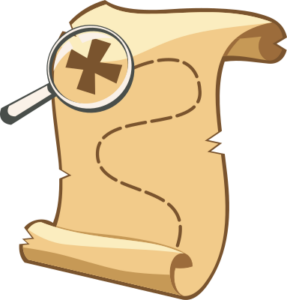Identifying your mission:
Food hub missions vary greatly depending on several factors, including if they are a stand-alone organization, sponsored by another, for-profit, non-profit, where the funding came from (if any). Here are some examples from across the state:
A very short mission, such as Salt & Soil Marketplace’s:
“To build vibrant local food economies by connecting and empowering local food vendors and members, making Southeast Alaska a more resilient place.”
Whereas, the Alaska Food Hub does not have an explicit mission, it has a list of goals that serves the same purpose:
“The goal of the Food Hub is to provide opportunities for Cook Inlet Watershed producers and consumers to connect in a way that will create benefit for both, as well as strengthen the local economies, increase food security, and reduce the carbon footprint created from importing food. In so doing so, the Food Hub will:
- Provide locally produced food and products direct from our producers, connecting producers to consumers
- Serve local consumers of all income levels
- Support sustainable, local, high quality agricultural practices
- Provide a network for the production and distribution of locally prepared foods and locally made non-food products
- Support an Alaska food system that in turn preserves the landscape, water, soil and air vital to a sustainable community”
Similarly Alutiiq Grown’s food hub has a goal which reflects the priority of their host organization:
The goal of the Food hub is to provide opportunities for Alutiiq Grown producers and the communities of the Kodiak Archipelago to connect in a way that will increase food security, and continue to build our local food sources. In so doing so, the Food Hub will:
- Serve our Tribal members and Tribal Elders.
- Support our Alutiiq Grown Producers in their production of local, sustainable, high-quality foods and agricultural practices
- Provide a network for the production and distribution of locally prepared foods and locally made non-food products.
- Support a food system for the villages on the Archipelago and city of Kodiak that strengthens community members’ access to fresh foods and increases our food security.
Arctic Harvest Deliveries has a mission state for it’s business which reflects a more specific goal than the non-profit hosted food hubs:
“Arctic Harvest Deliveries is a for-profit business whose mission is to facilitate increased production and consumption of Alaska Grown foods by building relationships with and seeking out opportunities for both local producers and consumers.”
Defining WHO you serve:
Who are your producers? Who are your Customers?
Most food hubs have restrictions on who can sell to them, and who they are selling to. Make it clear in the beginning if cottage food vendors, new vendors, and smaller businesses are welcome or if you have any restrictions there…. and be sure of the specific restrictions that need to be in place to safely source food from cottage food vendors, as well as how to onboard and train new vendors.
Likewise, they typically list what communities they intend to service if the food hub is still starting. This can include schools, other institutions, restaurants, or even to out of state buyers. For example, Salt & Soil sold spruce tips to Rogue Brewery in Oregon. Some food hubs opt to only make direct sales to consumers, which is the most common model in Alaska.